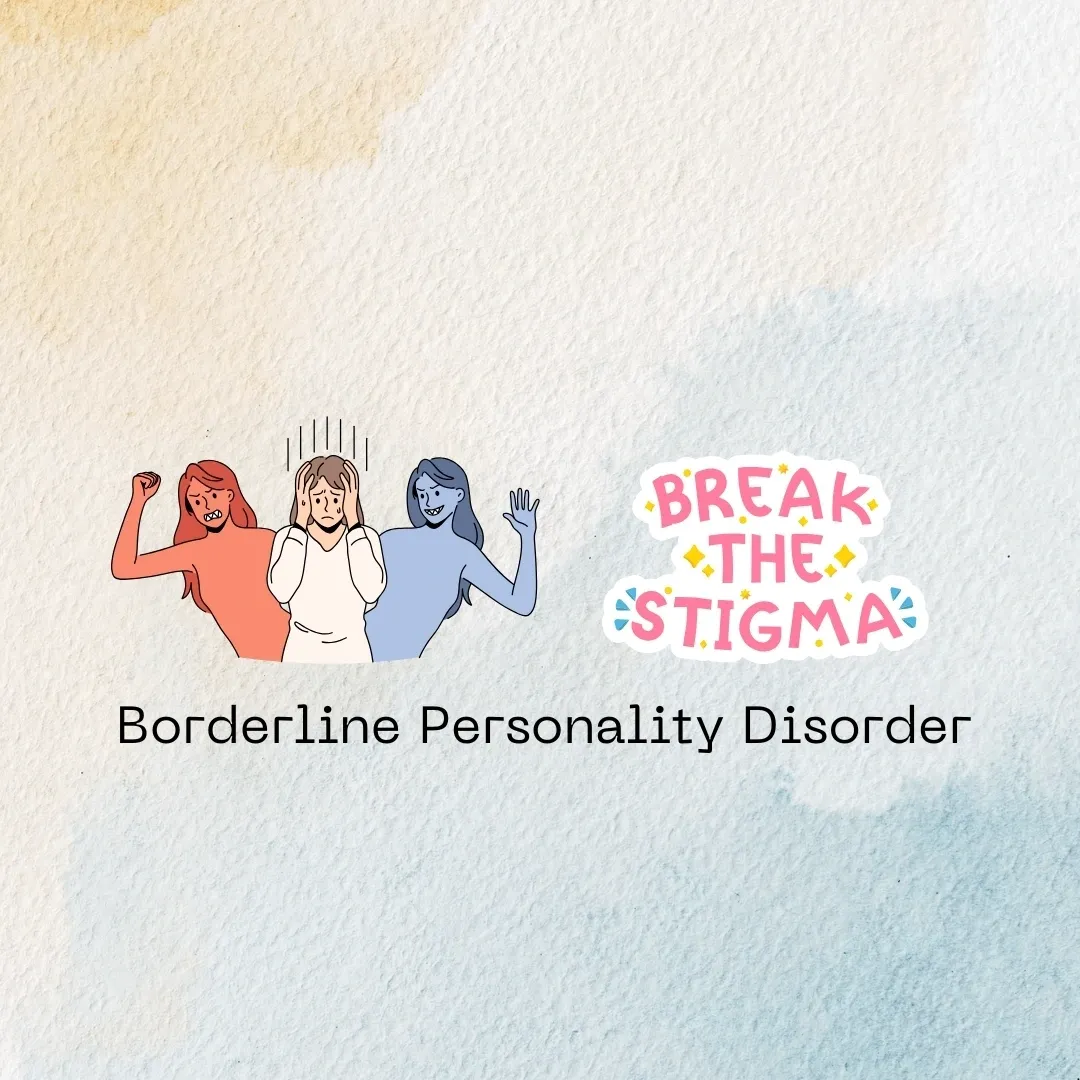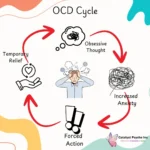Fostering Understanding, Compassion, and Hope Living with Borderline Personality Disorder (BPD) can feel like an uphill battle, not only because of the challenges it brings but also due to the misunderstandings surrounding it. For young adults navigating this diagnosis, the weight of societal judgment can feel overwhelming. The good news? By fostering awareness and empathy, …
Fostering Understanding, Compassion, and Hope
Living with Borderline Personality Disorder (BPD) can feel like an uphill battle, not only because of the challenges it brings but also due to the misunderstandings surrounding it. For young adults navigating this diagnosis, the weight of societal judgment can feel overwhelming. The good news? By fostering awareness and empathy, we can create a world where those with BPD feel seen, supported, and valued.
What is BPD? A Brief Look
BPD is a mental health condition that affects how someone thinks, feels, and relates to others. It’s often characterized by below symptoms (usually 5 or more of the following) :
– Frantic efforts to avoid real or imagined abonnement.
– A pattern of unstable personal relationship
– Intense, rapidly shifting emotions.
– A deep fear of being abandoned.
– Impulsive or risky behaviors.
– Difficulty forming stable self-identity and relationships.
– Chronic feeling of emptiness
– Intense/inappropriate anger
-Dissociative symptoms
These experiences aren’t signs of weakness or manipulation—they reflect the struggles of living with a deeply emotional and sensitive inner world. Let’s take a closer look at the myths surrounding BPD and uncover the truth, so we can break the stigma together.
Myth 1: People with BPD are “Manipulative”
The Truth:
This label often stems from a misunderstanding of behaviors driven by intense fear or emotional pain. For someone with BPD, actions like seeking reassurance or reacting strongly to perceived rejection are not calculated—they come from a place of vulnerability and a desperate need for connection.
Riya’s (alias) Story :
Riya, a 23-year-old college student, shares:
“When I was scared my best friend was pulling away, I would call or text constantly. I wasn’t trying to manipulate them—I just felt terrified of being abandoned. Once I started therapy, I learned healthier ways to express my needs.”
Riya’s journey shows that with understanding and support, individuals with BPD can find ways to manage their fears and communicate more effectively.
Myth 2: People with BPD are “Crazy”
The Truth:
These words are harmful and deeply untrue. Most individuals with BPD are not dangerous to others—they are more likely to harm themselves due to overwhelming emotions or feelings of hopelessness. The label of “crazy” dehumanizes people who are already struggling and discourages them from seeking help.
Noah’s (alias) Experience:
At 28, Noah—a talented graphic designer—felt isolated at work because colleagues misinterpreted his emotional struggles:
“People called me unpredictable or moody, but they didn’t see the effort it took to manage my emotions. Therapy taught me how to cope in healthy ways, but the judgment I faced made me feel even more alone.”
Noah’s resilience highlights why empathy and understanding are essential.
Myth 3: People with BPD Can’t Maintain Healthy Relationships
The Truth:
While relationships can be challenging for individuals with BPD, that doesn’t mean they’re destined to fail. With the right tools and support, people with BPD can build deep, meaningful connections.
Sara’s (alias) Journey :
Sara, a 26-year-old photographer, used to struggle with emotional outbursts in her relationships:
“I thought I was doomed to push everyone away. But through Dialectical Behavior Therapy (DBT), I learned mindfulness and how to regulate my emotions. Now, my relationships feel healthier, and I don’t live in constant fear of losing the people I love.”
Sara’s story reminds us that growth and healing are possible with patience and the right support.
How Stigma Harms People with BPD
Stigma doesn’t just hurt—it isolates. Misconceptions can make people with BPD feel ashamed, judged, and alone. They may avoid seeking therapy out of fear or lose important relationships because others don’t understand their behaviors.
As a society, we must create a space where those with BPD feel safe to seek help and share their stories without fear of judgment.
How You Can Support Someone with BPD
1. Learn About BPD: Educate yourself to better understand the condition. This shows those with BPD that you care about their experiences.
2. Use Compassionate Language: Words like “manipulative” or “crazy” can cause immense harm. Speak with kindness and avoid labels that devalue someone’s struggles.
3. Be Patient and Encouraging: Healing takes time. Supporting someone with BPD means being consistent and celebrating their progress, no matter how small.
4. Encourage Therapy and Growth: Evidence-based therapies like DBT have transformed countless lives by teaching skills like mindfulness, distress tolerance, and emotional regulation.
A Message to Those Living with BPD
If you’re living with BPD, you are not your diagnosis. You are not defined by the challenges you face. You are a complex, valuable individual with the strength to grow and heal. Seeking help doesn’t make you weak—it shows courage and a deep desire to live your best life.
You are worthy of love, understanding, and compassion. And remember, there is a whole community of people and professionals ready to stand by your side as you navigate this journey.
Let’s Break the Stigma Together
As young adults, we have the power to change the narrative around BPD. By fostering awareness, sharing stories, and treating others with empathy, we can make the world a safer, kinder place for everyone—regardless of their mental health struggles.
References:
1. Kreisman, J. J., & Straus, H. (2010). I Hate You—Don’t Leave Me: Understanding the Borderline Personality.






